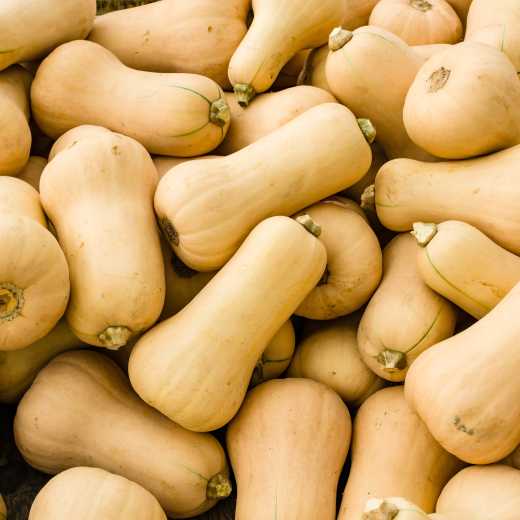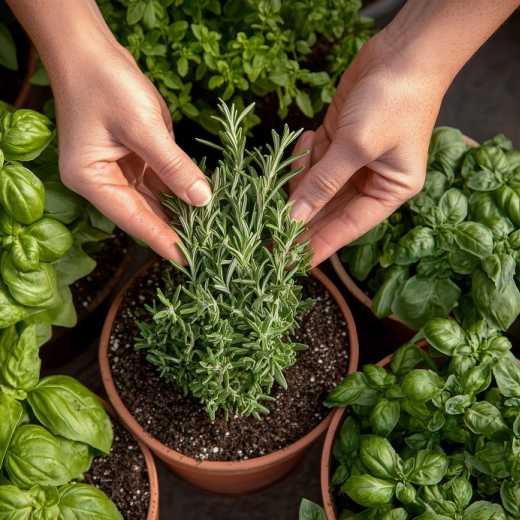Parsley, Sage, Rosemary, and Thyme

These herbs grow well in Oklahoma, along with lots of other herbs that Simon and Garfunkel couldn't work into their lyrics. Herbs are plants that are used for medicinal purposes and to add flavor to food. Fresh herbs are always better when adding flavor to food, but your own dried herbs also are wonderful to have on hand for enhancing your home cooking. Herbs are fantastic for making herb butters, herb vinegars, bundles for flavoring your grilled masterpieces, rubs, marinades, sauces, herbal teas, and potpourri. Who knew you could use herbs in so many different ways?
Herbs also are very attractive ornamental plants that can be used in many different landscape situations. They look great in flower beds, in an area set aside for growing only herbs, in borders, in rock gardens, and in container plantings. You could have an herb theme garden such as a "pizza" garden, a medicinal herb garden, a children's herb garden, a kitchen herb garden in pots on the windowsill, or just mix a few herbs in with vegetable or ornamental plantings. Herbs also work well on a sunny porch or patio in containers.
Some herbs are annuals while others are perennials that come up year after year. Annual herbs can be seeded directly in the garden or started from seeds indoors for later transplanting to the garden. You can save the seed produced by your herb plants for next year's crop or obtain seed from your local garden center, seed catalog, or online. To save your seeds, harvest the entire seed head after it has dried on the plant and then spread the seeds out on newspapers or paper towels to continue drying. I put mine on newspapers on a shelf in the garage because it is warm and dry there. After the seeds are thoroughly dry, store them in canning jars with lids. Be sure to label and date the jars and store them in a dark, cool, dry location such as inside a cabinet. To preserve your seeds even longer, store the jars or seeds stored in freezer bags in the refrigerator or freezer.
Perennial herbs can be propagated by cuttings or by division. Divide plants every 3 to 4 years in the early spring. The plants should be dug up and cut into several sections and can then be replanted in various places or shared with others.
Many herbs can be harvested for fresh seasonings, and clipping herbs back keeps them from getting too big, stops them from flowering and going to seed, and makes them thicker and more attractive. To dry herbs for later use, clip them before frost and hang the herbs upside down in loosely tied bundles in a well-ventilated room. Use a rubber band to fasten them together, and it will tighten as the herbs dry and shrink and keep them together. Just straighten a paper clip to hang them with.
Many of the herbs we grow today are from the Mediterranean region of the world which has hot, dry summers. That means herbs grow great here in Oklahoma in full sun and without too much water or fertilizer. Herbs also need great drainage. Mints and a few other herbs such as Italian flat leaf parsley will grow well in moist shade or partial shade. If you don't want your entire landscape to be covered in mint, be sure to plant them in containers. Some herbs that grow well in Oklahoma are rosemary, basil, sorrel, cilantro, chives, parsley, thyme, oregano, mint, dill, and sage.

National Garden Clubs, Inc. is a 501(c)(3) organization that aims to promote the love of gardening, floral design, and civic and environmental responsibility. There is a local club near you, click here to find one and join. Subscribe to the NGC’s blog by entering your e-mail here. You do not have to be an NGC member to subscribe. NGC welcomes blog article submissions, e-mail the Blog Administrator at blog@gardenclub.org.

 Member Login
Member Login






